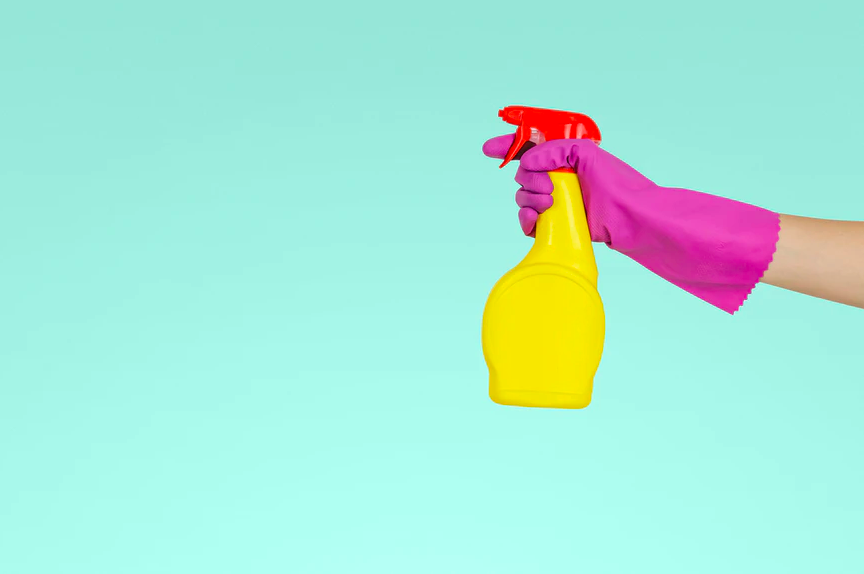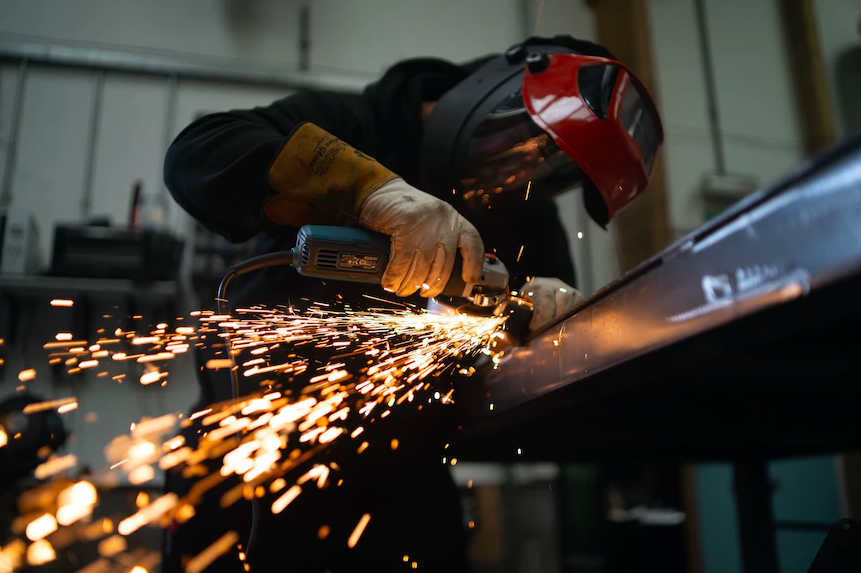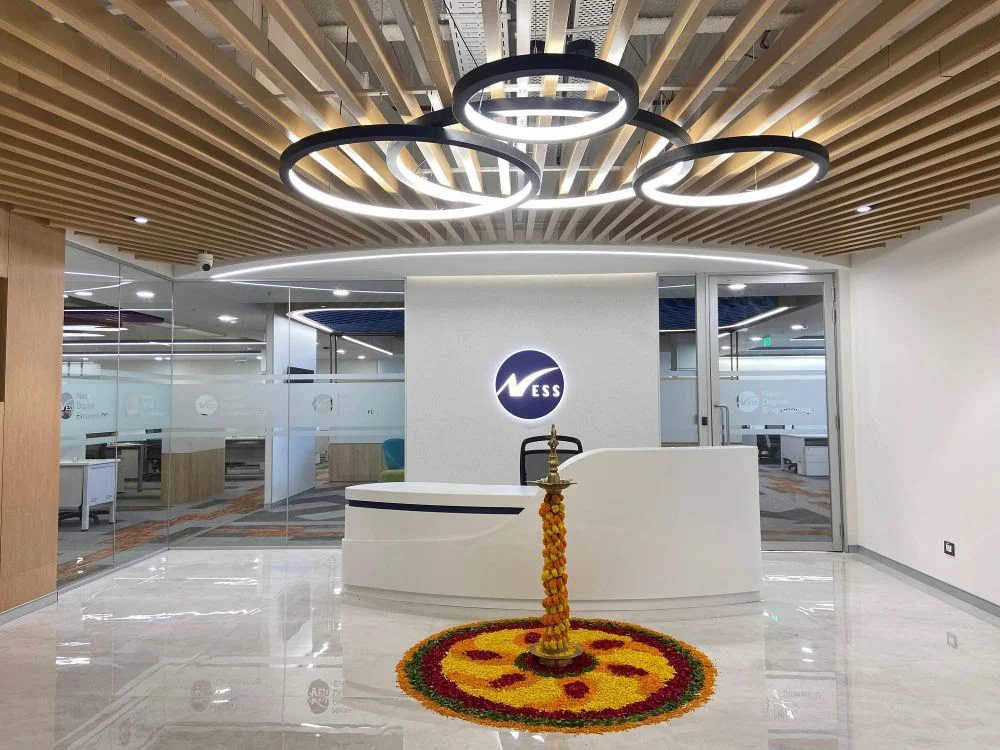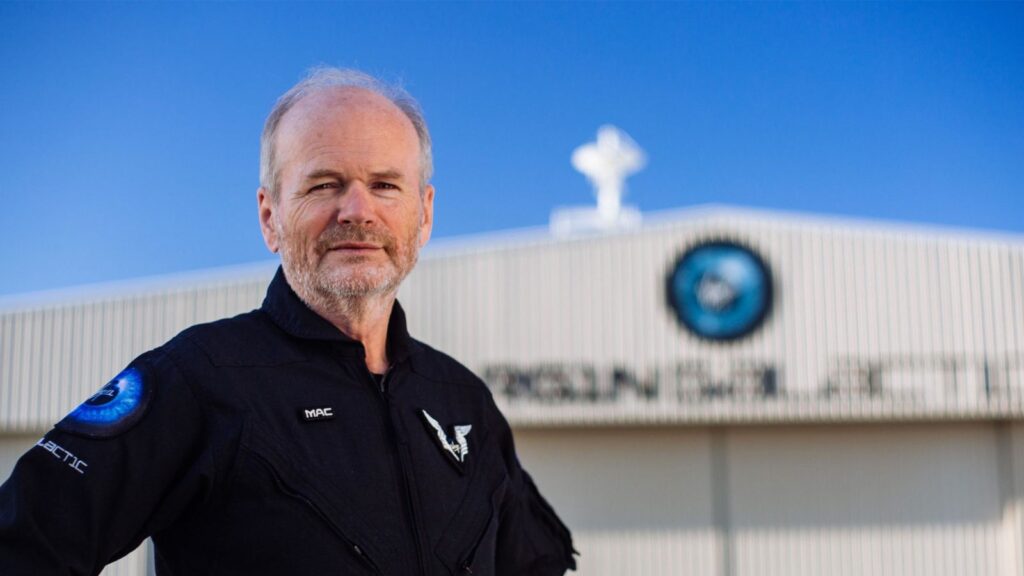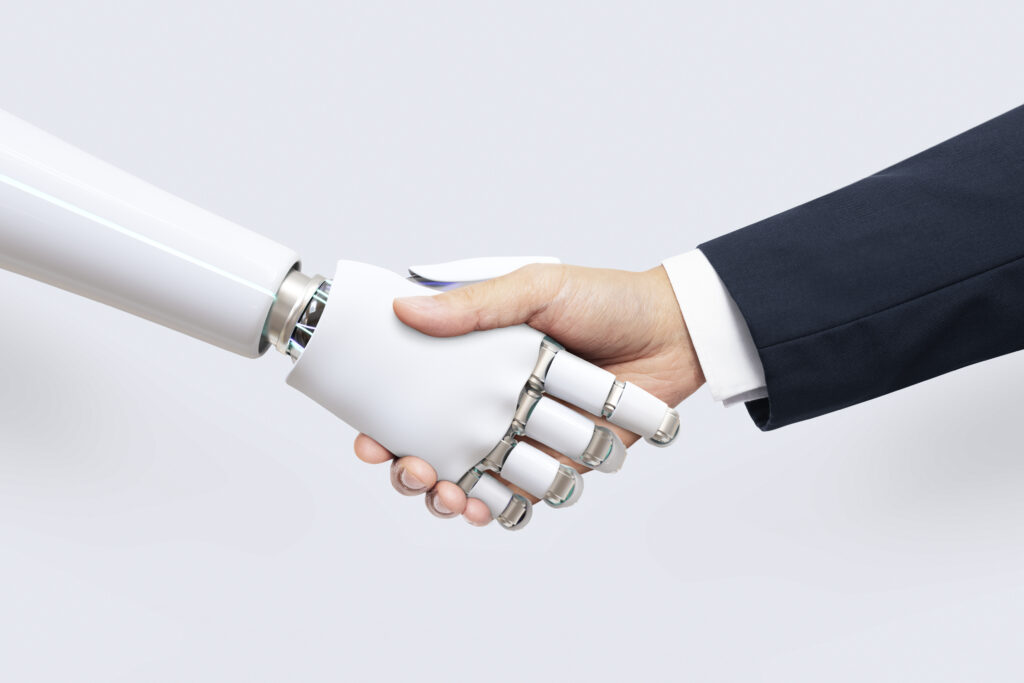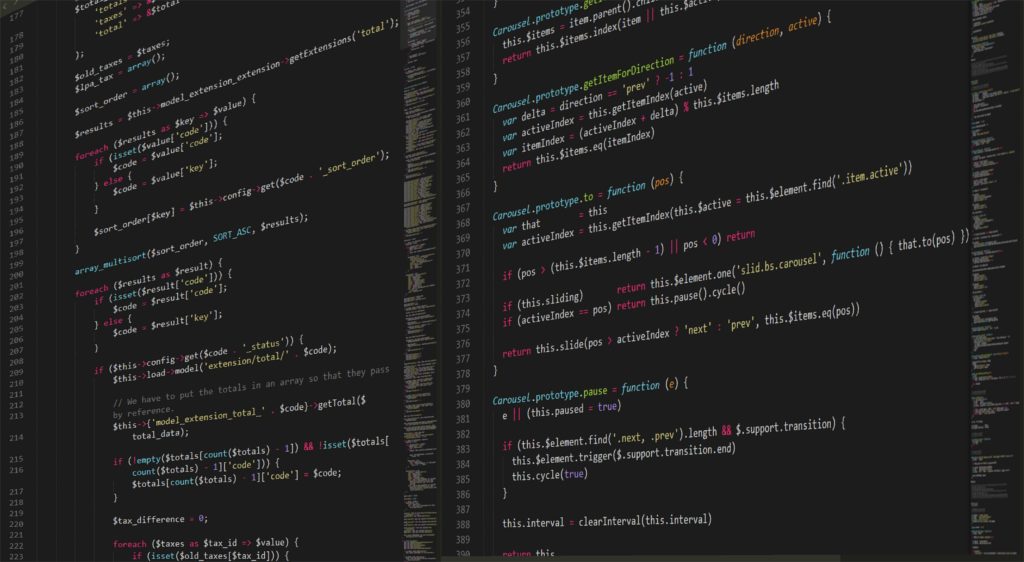“Cleanliness” took on a whole new definition after the events of 2022. When COVID-19 entered the picture, so did a slew of cleaning products to try and protect ourselves from the virus. We started to sanitize things that we never imagined needing to before in response to this new microscopic enemy—from door handles, to air conditioning vents, all the way to the mailbox slot.
It seems to be that this standard of cleanliness has reached a point of no return as well, with the cleaning product industry saying that they expect this new habit of intense cleaning to be long-term. But with the significant uptick in cleaning in our households, many consumers want to see more natural ingredients and fewer chemicals.
This is mirrored by the escalation of market value in eco-friendly cleaning products—because if a product is okay for the environment, it can by proxy be assumed that it is okay for our homes as well. According to the report The Future of Sustainable Cleaning Products, the total value for environmentally friendly cleaning products reached an all-time high of $72.9 billion in retail value in 2021.
As the population attempts to have a higher standard of disinfection, it’s also important for us to understand the ingredients that make up these products we use more frequently. Let’s look at where chemicals are hiding in our day-to-day cleaning products, how we can become more aware of them, and one company that is cleaning up the act for the cleaning product industry.
Another Day, Another Chemical
According to the Environmental Protection Agency, of the more than 40,000 chemicals used in consumer products in the US, less than 1% have been rigorously tested for human safety.
The major problem that is catalyzing this frightening statistic is the fact that manufacturers are not required to list all their ingredients on product labels, so consumers never fully know the harmful ingredients they are cleaning their personal spaces with. This is causing many harmful toxins to make their way into our daily lives.
This is a concern, especially for shared spaces. With society able to start moving towards coming together without restrictions, the liability is placed on businesses to take the proper precautions—something demonstrated at a heightened level at the peak of the pandemic.
Companies are now expected to take the needed measurements to ensure that they are not compromising visitors’ health or wellbeing and that their physical spaces are fit to welcome people. In certain spaces, this is especially prevalent, such as in hospitals, elderly and children’s care facilities, hotels, schools, and businesses in the service industry.
In order for cleaning products to do what they are intended towards, it is best to confirm that the components they are made with are not doing more harm than good. That is why a chemical-free and eco-friendly product is essential to truly clean a space.
Getting Rid of Toxic Habits
Many companies have started to step up to the plate to try and reverse this toxic habit in the cleaning product industry. Some companies are approaching these toxin-free, environmentally friendly methods through the products themselves, and others are creating the machinery needed so that people have the tools to clean naturally.
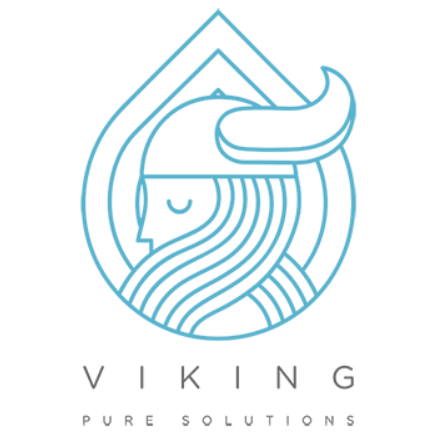
One company, Viking Pure, installs on-site machines that generate cleaning and disinfecting solutions on demand. Through their two products – the disinfectant and cleaner/degreaser – the company offers the tools to effectively clean and disinfect spaces, whether home or business. Their spray technology solution replaces 90% of the harsh toxic chemicals that pose a health and safety risk to people and the environment.
The company offers a patented salt-free cleaning process, known as e-water, through leased electrolyzed water machines that generate a specific disinfectant and cleaner. Their disinfectant is HOCl (hypochlorous acid), a product that has no potential for adaptive bacterial resistance and greatly reduces the risk of hospital-acquired infections (HAIs) as well as other superbugs.
Their product is EPA-approved and qualifies as a hospital-grade disinfection system. What is more, it can be applied broadly, quickly, and easily without the risk of corroding sensitive equipment and machinery over time.
For businesses, by providing on-site generation for cleaning, the company helps to eliminate supply chain issues and keeps cleaning costs fixed. By helping to replace the chemicals facilities are currently using, Viking Pure helps businesses to prioritize worker safety by eliminating cancer-causing chemicals, making the workplace safer for employees. Finally, because their product requires less labor time and cleaning products, the company ultimately protects employees, patrons, and the business’s bottom line.
Better Cleaning Solutions
Thanks to all of the chemicals we are pouring into our environment, the Lancet Commission concluded that the toxins found in the modern day could cause global epidemics of disease, disability, and death. This is a growing problem because, by 2050, the global chemical industry will have tripled in size—accumulating unforeseen amounts of these substances in our bodies.
Companies such as Viking Pure provide simple yet effective products that help to replace bleach and other toxic cleaners. Instead of continuing to buy chemical cleaning products, consumers can help by changing the demand toward more eco-friendly and better-than-bleach solutions.
By becoming conscientious consumers, we can personally help in purging our society from the more than 40,000 common chemicals found in consumer products—pitching in to help clean up our act when it comes to sanitizing our spaces.
Disclosure: This article mentions a client of an Espacio portfolio company.

